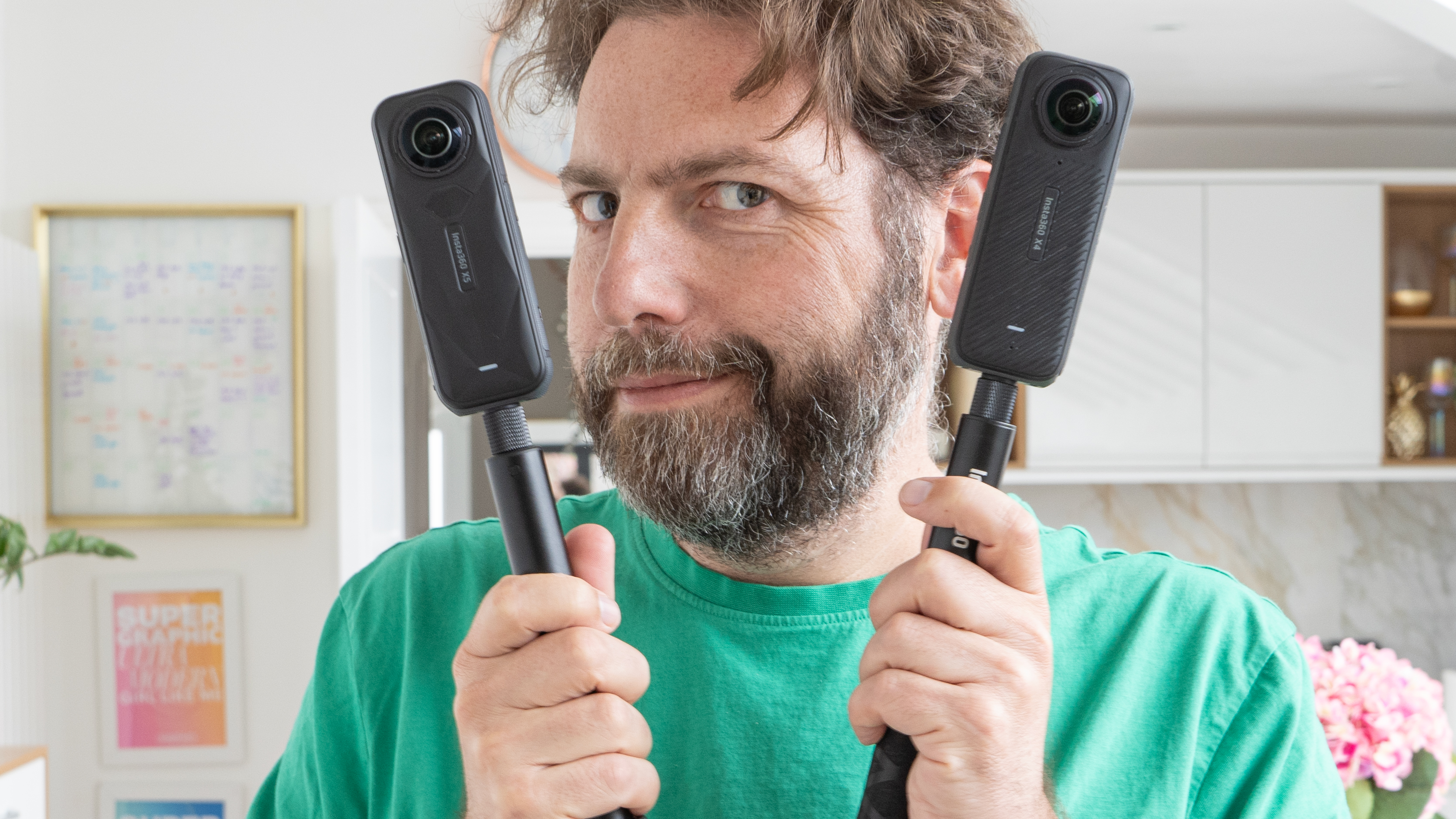Wish your camera was more flexible? DJI literally just made your wish come true!
DJI flexes on the competition with the new DJI Ronin 4D Flex, making filmmaking more flexible for all
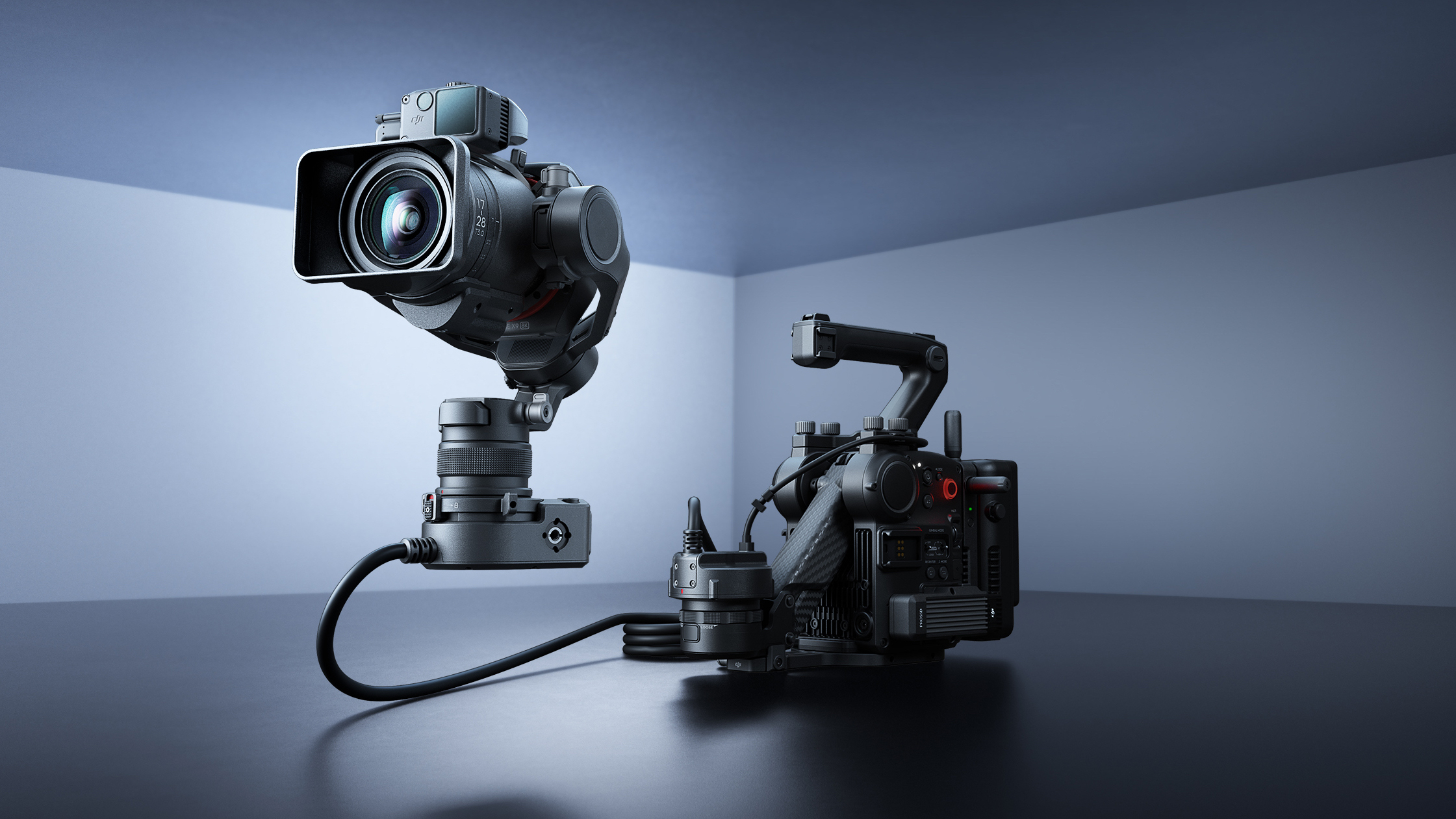
DJI, renowned around the world for its civilian and commercial drones, launched its first product targeted at the cinematography industry with the Ronin 4D 6K and 8K cameras in 2021.
These pioneering cameras combined the use of a four-axis gimbal with the traditional aspects of a professional camera for filmmakers to deliver a winning combination. Now DJI is expanding on the Ronin 4D range and delivering evermore flexibility to its workflow, with the new DJI Ronin 4D Flex.
• If you're looking for the best cinema cameras on the market, look no further!
The 4D Flex enables operators to separate the Zenmuse X9 gimbal camera from the main body of the Ronin 4D, reducing handheld weight and size to achieve professional footage with even more flexible camera movement – just like the extended system from the Sony Venice cinema cameras, but at a far more 'affordable' cost.
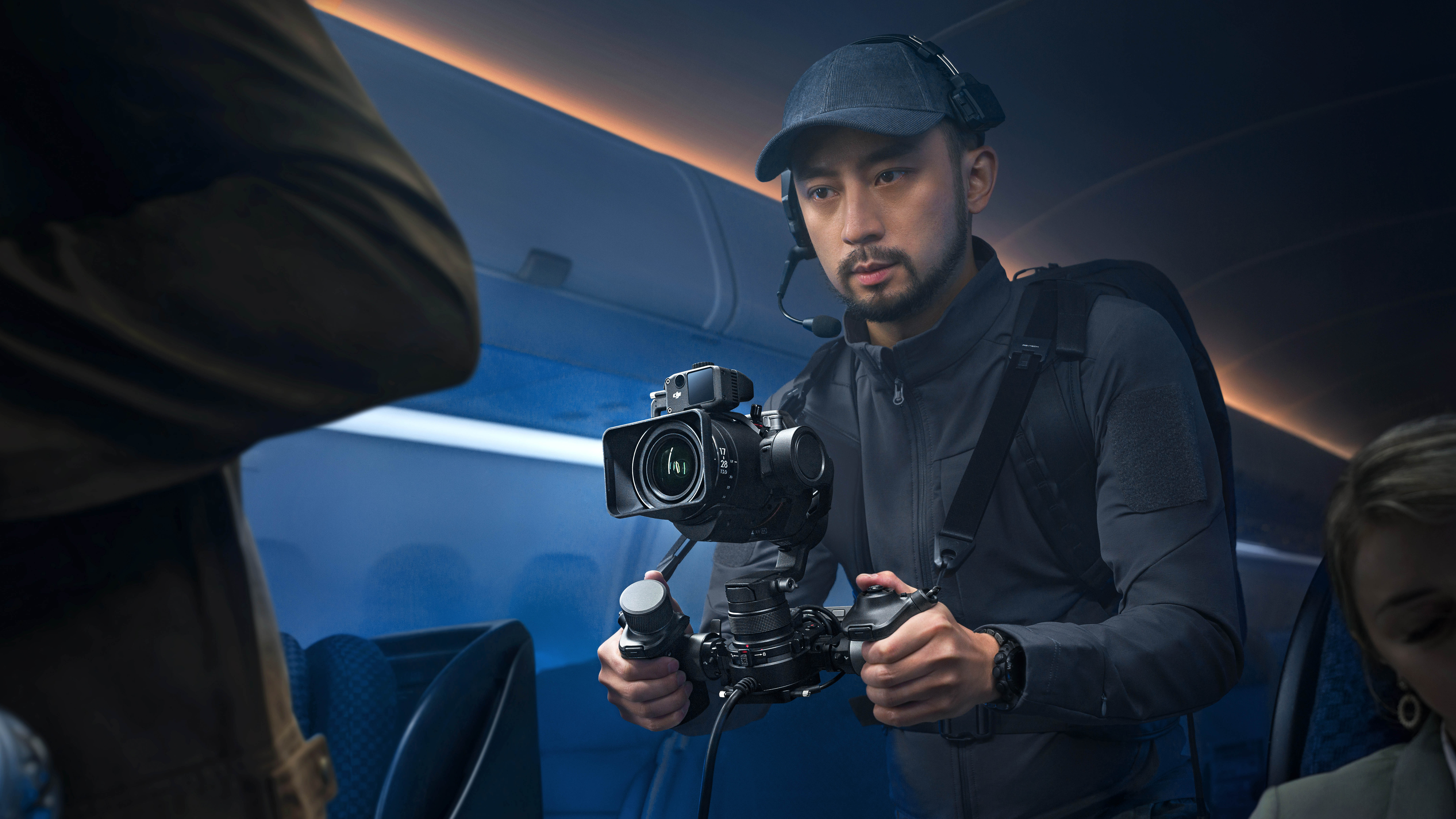
The new DJI 4D Flex is fully compatible with the Ronin 4D hand grips and main monitor included in all Ronin 4D purchases, effectively transforming a camera operator into a one-man cinema unit.
Also announced is a new zoom lens for the 4D cinema lineup, the DL PZ 17-28mm T/3.0 Lens. DJI’s first-ever cinema-grade zoom lens, it offers 100% native focus and zoom for a new level of image quality on the Ronin 4D system.
Finally, an activation license key for Apple ProRes Raw codec on Ronin 4D is now available to purchase at the DJI Store, making it even easier to integrate footage into cinema productions. This was a feature that was previously advertised ahead of launch, but ProRes Raw was removed from the Ronin 4D 6K a week before it was due to be released to the world.
Get the Digital Camera World Newsletter
The best camera deals, reviews, product advice, and unmissable photography news, direct to your inbox!
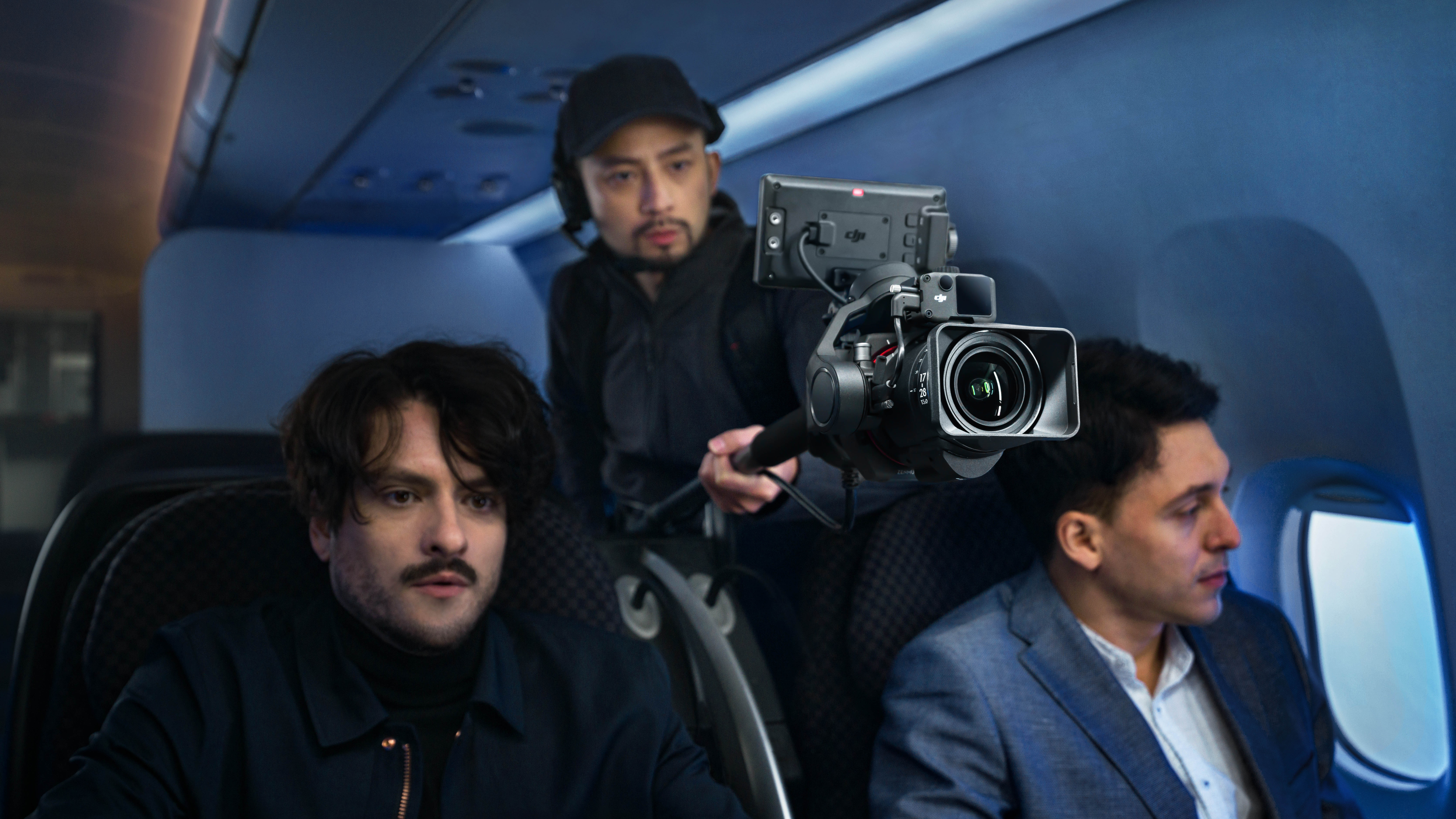
"Ronin 4D reimagined what a single cinema camera can do by achieving a new standard of versatility, cinema quality, and image stability in one piece of equipment," said Paul Pan, senior product line manager at DJI.
"Ronin 4D Flex and the DL PZ 17-28mm Lens show the expansive capabilities of this platform to allow cinematographers to capture footage in completely new ways. With these products, we want to express that when it comes to what’s possible with DJI Pro, we’re only getting started."
Connecting the Ronin 4D Flex to the main body is a 2m ultra-thin coaxial cable, that supports lossless transmission of up to 8K video. This enables high-speed signals from the camera sensor to reach the main body instantly, and also controls and monitors signals to be delivered in real-time.
This solid cable connection lends 4D Flex unprecedented flexibility in camera positions, no matter how limited the space is. It also enables the Zenmuse X9 gimbal camera to be used as an ultra-small cinematic-grade remote head.
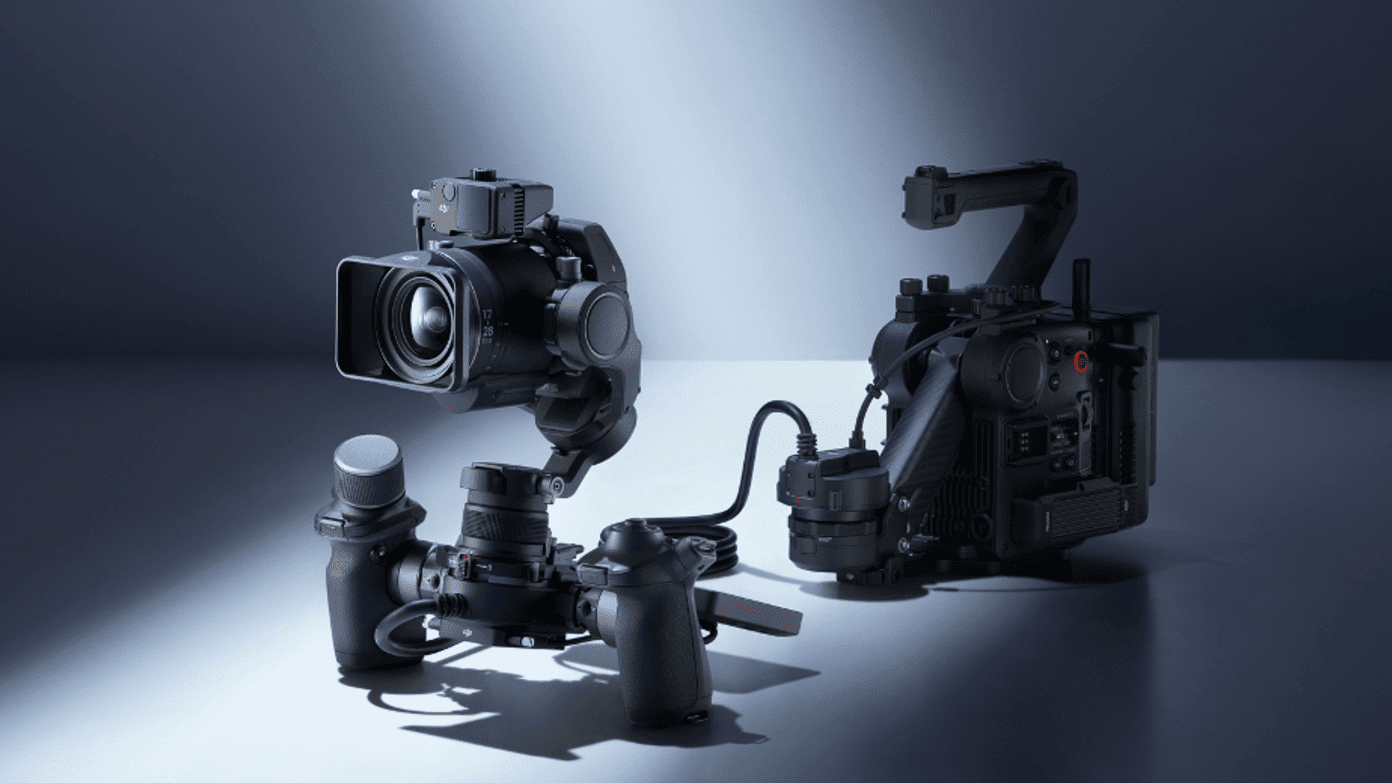
Price and Availability
Ronin 4D Flex is now available from authorized retailers and direct from the DJI store for $929 / £829 / AU $1259 and includes Ronin 4D Flex, a Pan Axis Quick-Lock, two Ronin 4D Hand Grip Adapters, and two Hand Grip Adapter Cables.
The DL PZ 17-28mm T/3.0 Lens is also available to purchase from authorized retailers and at the DJI store for $1,339 / £1.539 / AU$2,189.
The Apple ProRes Raw license for Ronin 4D, meanwhile, must be purchased directly from DJI store for $979 / £999 / AU$1,559.
If this article has been of interest then why not check out our review of the DJI Ronin 4D, and take a look at our guide on how to become a better filmmaker.

For nearly two decades Sebastian's work has been published internationally. Originally specializing in Equestrianism, his visuals have been used by the leading names in the equestrian industry such as The Fédération Equestre Internationale (FEI), The Jockey Club, Horse & Hound, and many more for various advertising campaigns, books, and pre/post-event highlights.
He is a Fellow of the Royal Society of Arts, holds a Foundation Degree in Equitation Science, and holds a Master of Arts in Publishing. He is a member of Nikon NPS and has been a Nikon user since his film days using a Nikon F5. He saw the digital transition with Nikon's D series cameras and is still, to this day, the youngest member to be elected into BEWA, the British Equestrian Writers' Association.
He is familiar with and shows great interest in 35mm, medium, and large-format photography, using products by Leica, Phase One, Hasselblad, Alpa, and Sinar. Sebastian has also used many cinema cameras from Sony, RED, ARRI, and everything in between. He now spends his spare time using his trusted Leica M-E or Leica M2, shooting Street/Documentary photography as he sees it, usually in Black and White.
